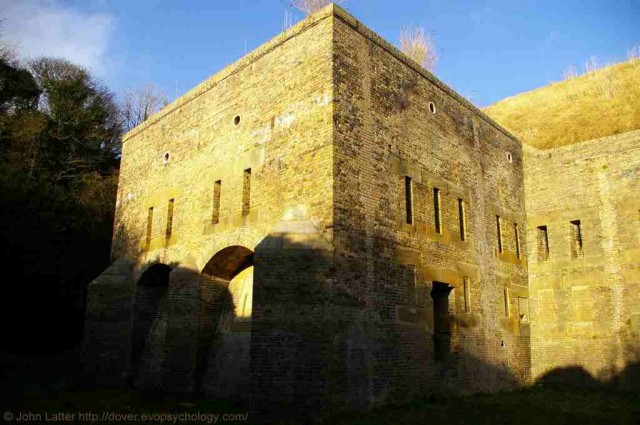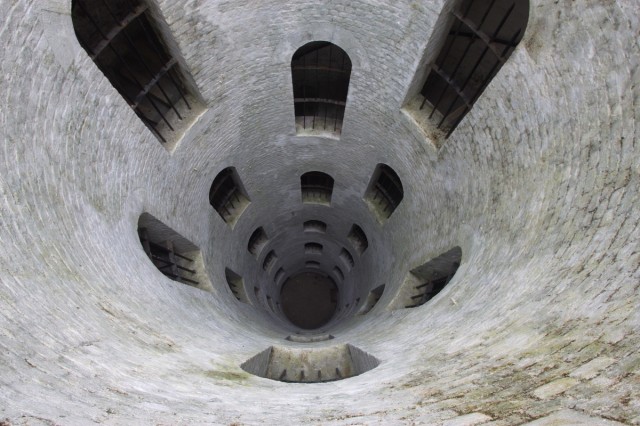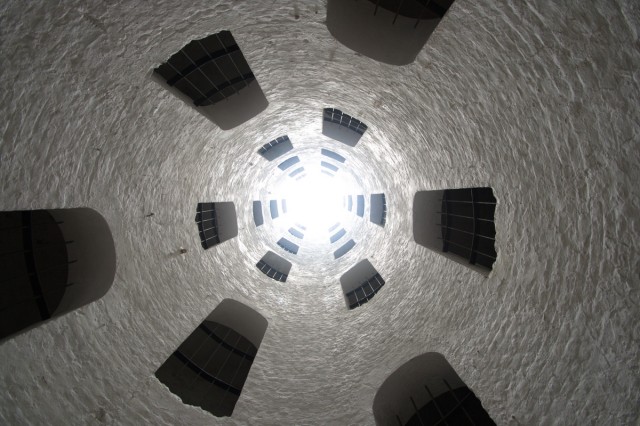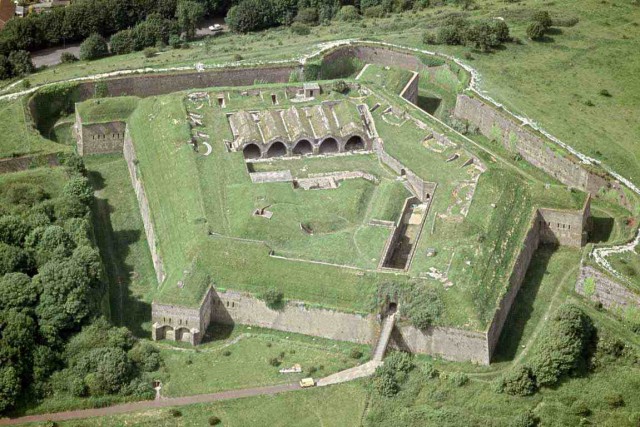Next weekend sees one of the most historic venues for multi period living history taking centre stage, for it’s that time of year when Dover’s hidden gem – The Western Heights Drop Redoubt opens it’s creaking wooden doors to the public and let’s the daylight pour in to fill every nook and cranny so you can feel, touch and read the history that clings to the very walls.
Some may argue that Western Heights isn’t as impressive as Dover Castle, its ‘older sister’ just across the way or is as important as, say, nearby former Battle of Britain airfield RAF Manston. However, to a few committed souls who volunteer their time freely and regularly as part of The Western Heights Preservation Society, a team made up of all age groups led by their illustrious (and now published author) Phil Eyden, it’s totally unique, and as a visitor several times myself, I have to say I agree with them.
There is a mixture of Napoleonic architecture which was added to, demolished then added to again over generations leaving a fortress that is well… confusing really.
It guarded the port of Dover from the threat of French invasion since the early 1800s. Now the French who arrive on our shores are a much more genteel bunch who prefer to land by passenger ferry. It saw action in WW1 (A book recounting this period in its history has just fallen hot off the press so don’t worry. We at WHO Towers are on track for a copy so watch this space for the review) and it served as a gigantic air raid shelter for the barracks there in WW2. Let’s be honest, the sights that must have been witnessed from up there, the aerial dogfights and the attacks on shipping must have caused many a soldier to remain ‘up top’.
The redoubt was utilized; somewhat infamously, by Lord Lovat and his commandos, of the Longest Day fame; prior to a raid on Hardelot near Bolougne back in 1942. The signatures of these men can still be seen in the Drop Redoubt. It’s an amazing site to visit, conjuring up many images of times gone by and always brings forth a host of questions. None so more than the unique feature of ‘The Grand Shaft
This extract from The Western Heights Preservation Society’s website is written by Tracy Stewart and explains just what exactly is the Grand Shaft?
The Grand Shaft is a unique structure in the fortification system known as The Western Heights in Dover, Kent . The shaft is a rare example of a triple spiral staircase, an unbelievable engineering feat. When work began in earnest on the Western Heights in the early 1800s it soon became apparent that rapid troop movement from the cliff top to street level was greatly hindered by the distance that the men would have to cover. If an attacking force had tried to make a landing on the harbour or beach below the troops up on the Heights would have had to make their way along from the Drop Redoubt or Citadel to the original South Entrance (now the site of a Roundabout), along what is now Snargate Street to meet the enemy; a route of almost a mile and a half, when troops were barracked only some 300 feet above sea level! This was hardly an ideal scenario and in 1804 construction started on the Grand Shaft, which had been designed by Lieutenant-Colonel William Twiss. The triple staircase itself is 140ft deep and at the base is a tunnel leading out to a guardroom and from there out into the town. At the top is a further single staircase leading up to the parade ground of the Grand Shaft Barracks. This top staircase is inside what is known as the bowl, and was excavated out of the cliff top. The shaft itself was then dug vertically through the cliff and revetted with brick. Windows line the central shaft to allow light into the staircases, approximately every 30 stairs. As the threat of invasion passed, the Grand Shaft became something of a local attraction, and there are stories of a Mr William Leith of Deal riding his horse up the Grand Shaft for a wager! What is clear is that in the Georgian period, there were no class distinctions attached to the triple staircase. It was simply to ensure rapid troop movement, when men of all ranks would have been deployed down any and all of the staircases in the event of an enemy attack. However, as the Victorian period progressed, class distinction became ever more apparent, and while no definitive documentation exists, the most popular theory states that the staircases were divided into “Officers and their Ladies”, “Sergeants and their Wives” and “Soldiers and their Women”. This has been supported by the fact that the Queen’s Regulations of the time clearly stated that there was to be no off-duty fraternisation between the ranks.
Heaven forbid anything like that happens today between the classes!
If you’re free for the July open weekend go! Admission is just £5 for an adult and accompanied children are free. All proceeds are put towards maintenance and projects in and around the old fort. There are a host of talks and displays going on throughout the weekend including Napoleonic drill and musketry and WW1 and WW2 talks and displays from both British and German troops! On the Sunday morning, Admiral Boyce, the current Lord Warden of the Cinque Ports, will be in attendance. Previous Wardens of the Cinque Ports include Queen Elizabeth the Queen Mother, Sir Winton Churchill and the Duke of Wellington.
Failing that, if you are looking for a good day out on any of the Sundays listed below, make the detour and go for a visit. Phil and his team will be only too delighted to see you…. Just don’t expect them to walk the entire way with you both up and down the stairs!
Check out the website at: http://doverwesternheights.org
The Western Heights Preservation Society open weekends
- Saturday July 12th 10.00am – 17.00pm
- Sunday July 13th 10.00am – 17.00pm
- Sunday July 20th 10.00am – 17.00pm
- Sunday August 17th 10.00am – 17.00pm
- Sunday September 21st 10.00am – 17.00pm
- Sunday October 19th 10.00am – 17.00pm
By Phil Hodges for War History Online





